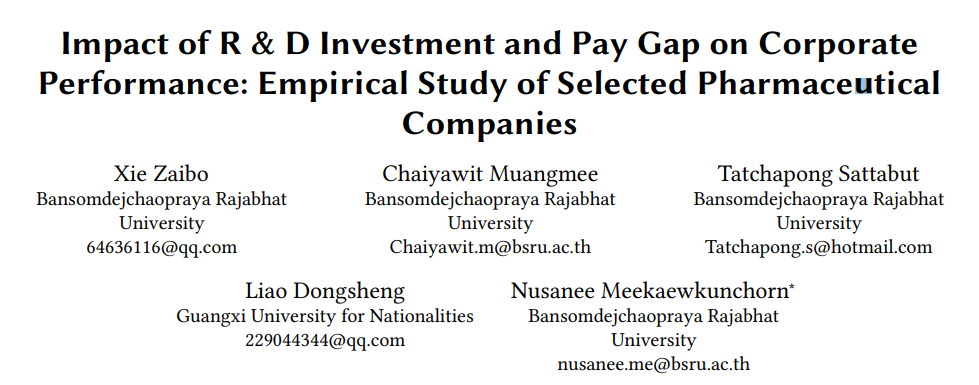ABSTRACT
In this paper, eight indicators such as inventory turnover ratio were selected, and the company’s business performance indicators were constructed by using principal component analysis. A model was established based on the data of listed companies in the pharmaceutical manufacturing industry from 2010 to 2020, and the heterogeneity of property rights and dynamic panel analysis were conducted to study the relationship between R&D investment, compensation gap and company business performance, taking into account the differences in the nature of property rights and lags of variables. The study found that: firstly, there is an “inverted U-shaped” effect of R&D investment on company business performance, which is common in private enterprises but not obvious in state-owned enterprises; secondly, there is a lagged effect of R&D investment, and company business performance in the previous period will have a positive effect on business performance in the current period; thirdly, there is a positive effect of pay gap on company business performance, and there is a positive effect of pay gap on company business performance. Thirdly, there is a positive effect of pay difference on company’s operating performance, and the effect of pay difference on operating performance is greater in state-owned enterprises. Finally, the article proposes countermeasures for planning R&D investment, balancing compensation differences and improving operating performance of listed companies in pharmaceutical manufacturing industry in the light of the research findings, and provides an outlook on future research directions in view of the shortcomings in the article.
-
- HOME
- BSRU
- Check Scholar
- ติดต่อเรา WooCommerce not Found
- Newsletter

